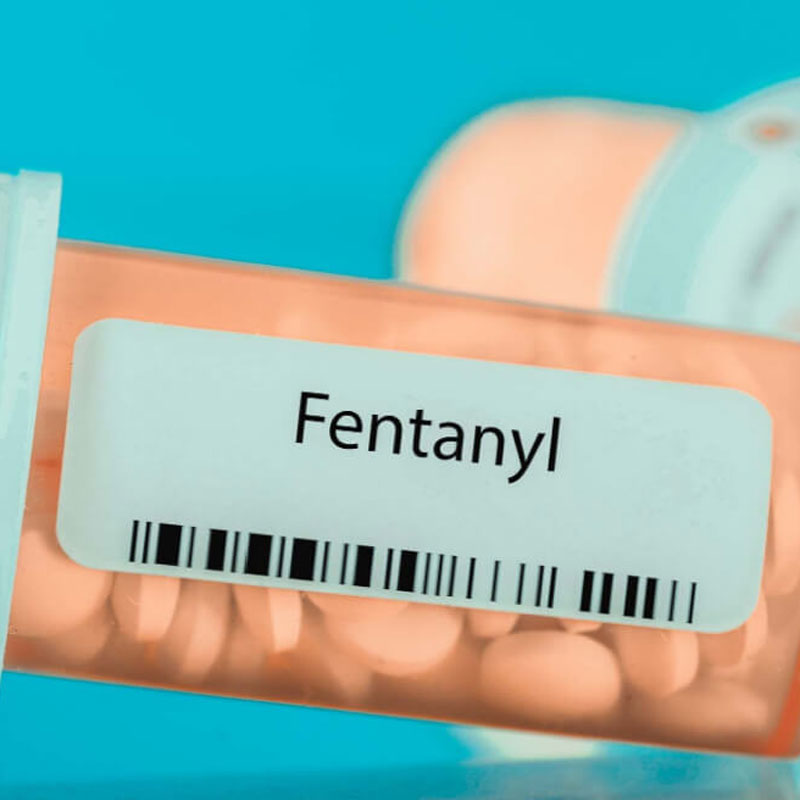This post aims to cut through the noise and provide clear, factual, and potentially life-saving information about this extremely dangerous substance.
Disclaimer: This post is for informational and harm reduction purposes only. It is not medical or legal advice. The only way to avoid risk is to not use drugs. If you or someone you know uses substances, this information could save a life.
What is Fentanyl?
Fentanyl is a potent synthetic (lab-made) opioid, classified as a narcotic analgesic. It was originally developed for managing severe pain, typically in advanced cancer patients or for post-surgical care. It is 50 to 100 times more potent than morphine.
Pharmaceutical fentanyl (known by brand names like Duragesic®, Actiq®, and Sublimaze®) is safely used in medical settings when dosed and administered by professionals. The crisis stems from illicitly manufactured fentanyl (IMF), which is produced in clandestine labs and sold illegally.
Why is Fentanyl So Dangerous?
The extreme danger of fentanyl lies in its combination of potency, speed, and prevalence in the illicit drug supply.
- Lethal Potency: This is the most critical factor. A minuscule amount of fentanyl—as little as two milligrams (the equivalent of a few grains of salt)—is enough to cause a fatal overdose. This makes accurate dosing virtually impossible without laboratory equipment.
- Unpredictable Presence: Illicit fentanyl is frequently mixed with other drugs—like heroin, cocaine, methamphetamine, and counterfeit prescription pills (often made to look like Oxycodone or Xanax)—without the user’s knowledge. A person seeking a different drug may unintentionally ingest a lethal dose of fentanyl.
- Rapid Onset: Fentanyl acts very quickly in the body. While this can lead to a faster high, it also means that the symptoms of overdose appear rapidly, leaving a very short window for intervention.
The Signs of a Fentanyl Overdose
Recognizing an opioid overdose can mean the difference between life and death. Signs include:
- Unresponsiveness or Loss of Consciousness: The person cannot be woken up or won’t respond to your voice or touch.
- Slow, Irregular, or Stopped Breathing: This is the most critical sign. Look for shallow breathing, gurgling sounds (a „death rattle“), or no chest movement at all.
- Cold, Clammy Skin: Skin may feel cold and sweaty to the touch and look pale or bluish, especially on the lips and fingernails (cyanosis).
- Pinpoint Pupils: The pupils will appear very small, like the head of a pin.
- Choking or Snoring Sounds: This can indicate a blocked airway.
An overdose is a medical emergency. If you suspect someone is overdosing, act immediately.
Harm Reduction: Your Actions Save Lives
If you use drugs or are around people who do, these steps are non-negotiable.
- Assume Any Drug Could Contain Fentanyl: The drug supply is unpredictable. You cannot see, smell, or taste fentanyl in a powder or pill.
- Test Your Drugs: Fentanyl test strips are a crucial tool. They can detect the presence of fentanyl in a small sample of a drug before you use it. They are not perfect, but they provide a critical layer of protection.
- Never Use Alone: This is the most important rule. Use with a trusted person who can administer help if needed. If you must use alone, have a plan. Use a lifeline service like the Never Use Alone hotline (1-800-484-3731), where an operator will stay on the line with you and send help if you become unresponsive.
- Start Low, Go Slow: If you are using a new batch or substance, use a very small amount first to test the strength.
- Have Naloxone Ready and Know How to Use It:
- Naloxone (Narcan®) is a life-saving medication that can rapidly reverse an opioid overdose by blocking opioid receptors.
- It is available at most pharmacies without a prescription, often for free.
- Carry naloxone. You could save a stranger’s life.
- If you suspect an overdose:
- Call 911 (or your local emergency number) immediately.
- Administer naloxone (spray into the nose or inject into the muscle).
- Perform rescue breathing if the person is not breathing.
- Stay with the person until help arrives. Most states have Good Samaritan laws that protect you from arrest.
The Bottom Line
Fentanyl has irrevocably changed the drug landscape. Its presence has made any non-prescription drug use an exponentially riskier activity. The concept of a „recreational“ experience is often a myth; what is sold on the street is a potentially lethal substance.
The most effective way to stay safe is to not use illicit drugs. However, for those who do, or for those who have loved ones who use, embracing harm reduction practices—testing, not using alone, and carrying naloxone—is absolutely essential. This knowledge is not about encouraging use; it’s about preserving life and providing a chance for recovery.

